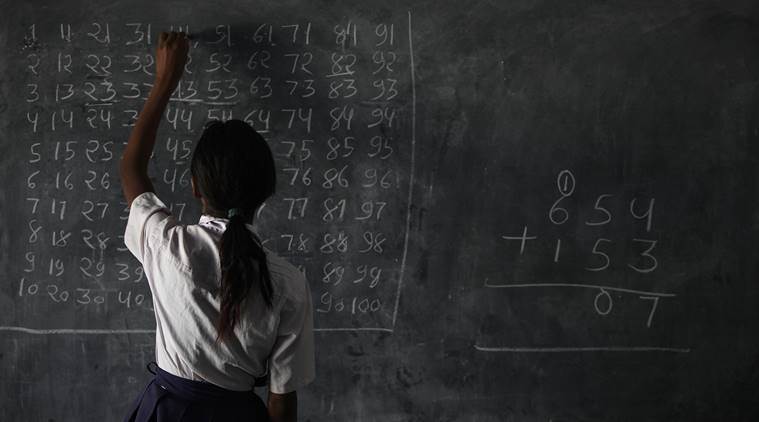 The study scanned various sources of data to have a clearer idea of the value of sex ratio at birth and estimate the magnitude of gender-biased sex selection.
The study scanned various sources of data to have a clearer idea of the value of sex ratio at birth and estimate the magnitude of gender-biased sex selection.
The sex ratio at birth, the number of females per 1000 males in India, is low, but not as much as some of the estimates indicate, according to a new report released on Thursday.
Professor P M Kulkarni, a noted demographer and former professor at Jawaharlal Nehru University, New Delhi, told The Indian Express that the Sample Registration System estimate of sex ratio at birth (in terms of females per 1000 males) seems to be an underestimation by about two per cent at the national level and needs to be corrected.
In India, the sex ratio at birth has been fluctuating in the range of 900 to 930 female births per 1000 male births since 2000, with no clear trend, said Professor Kulkarni. “On the basis of the assessment of various estimates, it can be said that the census-based indirect estimate obtained by reverse survival is the most plausible one. At the national level, this was 923 female births per 1000 male births for the period between 2004 and 2011,” said Prof Kulkarni.
The study scanned various sources of data to have a clearer idea of the value of sex ratio at birth and estimate the magnitude of gender-biased sex selection. The findings of the study have been published in the report `Sex ratio at birth in India: Recent Trends and Patterns’, prepared for the United Nations Population Fund, and was released at a webinar on Thursday morning. Pravin Shrivastava, chief statistician and Secretary, Ministry of Statistics and Programme Implementation, Government of India, along with Argentina Matavel Piccin, Representative, UNFPA, India released the report.
There are different estimates of the sex ratio at birth (SRB) available from a number of sources; civil registration, sample registration, surveys, censuses, and health management information system. At the national level the SRB varies in a wide range of 860 to 960 girls /1000 boys. “The SRS estimates show minor fluctuations that need to be corrected,” Prof Kulkarni told The Indian Express, adding that since registration can be sex selective, the estimates of sex ratio at birth are likely to be biased.
The regional pattern in the SRB is well recognised. States in the northernwestern region show a lower SRB than in the other regions; some states in the central region also show low ratios but not to the levels of the northern-western regions. The eastern, northeastern, and southern regions generally show ratios near natural. In Punjab, Jammu and Kashmir, and Himachal Pradesh, the SRB seems to have risen but is still lower than the natural level.
According to the Sample Registration System, the sex ratio at birth between 2003 and 2005 was 880 girls/1000 boys, and was estimated to be 909 girls/1000 boys from 2011 to 2013.
The lower SRB is on account of the wide-scale prevalence of gender-biased sex selection. Close to 4 lakh female births are missed in India annually, amounting to about 3 per cent of female births. The degree (number of missing female births as percentage of female births) is high in most states in the northern and western regions, moderate in Uttar Pradesh, Himachal Pradesh and Madhya Pradesh, and low or negligible in most states in the eastern and southern regions, the report stated.
In the 2011 census enumeration, about four million girls of ages 0-6 were considered to have been missing; 2.5 million on account of sex selection (pre-natal discrimination) and 1.5 million due to excess female mortality (post-natal discrimination). This situation has persisted beyond 2011 as well.
Post-natal gender discrimination needs policy attention
While pre-natal discrimination is concentrated in the northern and western regions, post-natal discrimination is common across the country.
“Childhood mortality is higher for females than for males, indicating that neglect of the girl child, or post-natal gender discrimination, persists. While the matter of gender-biased sex selection has been receiving media and policy attention in India, and rightly so, post-natal discrimination finds little space in the public discourse. It is imperative that civil society and policy makers accord due attention to this concern as well and adopt appropriate measures to address it,” said Prof Kulkarni.